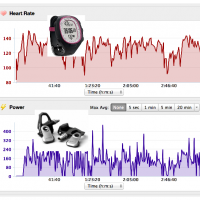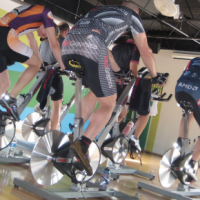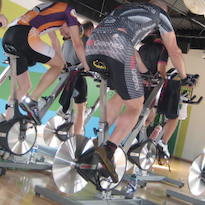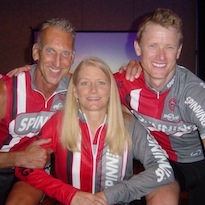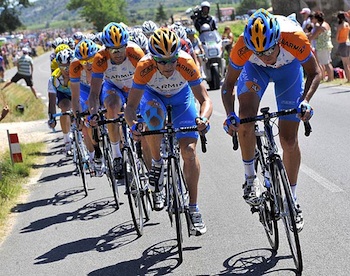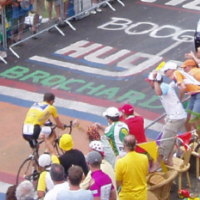Power Training Chapter 4: Heart Rate vs Power Training
There is a silly division between those who train with heart monitors and those who use power meters, as if people either fall into one camp or the other. Because power meters are the latest technology, there is often an attitude that heart rate training is the old way andRead more…

